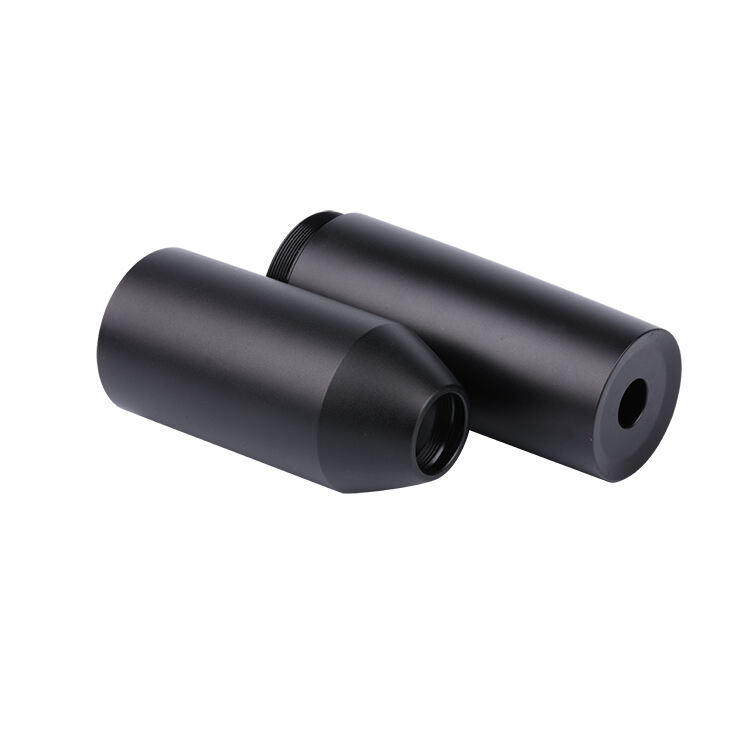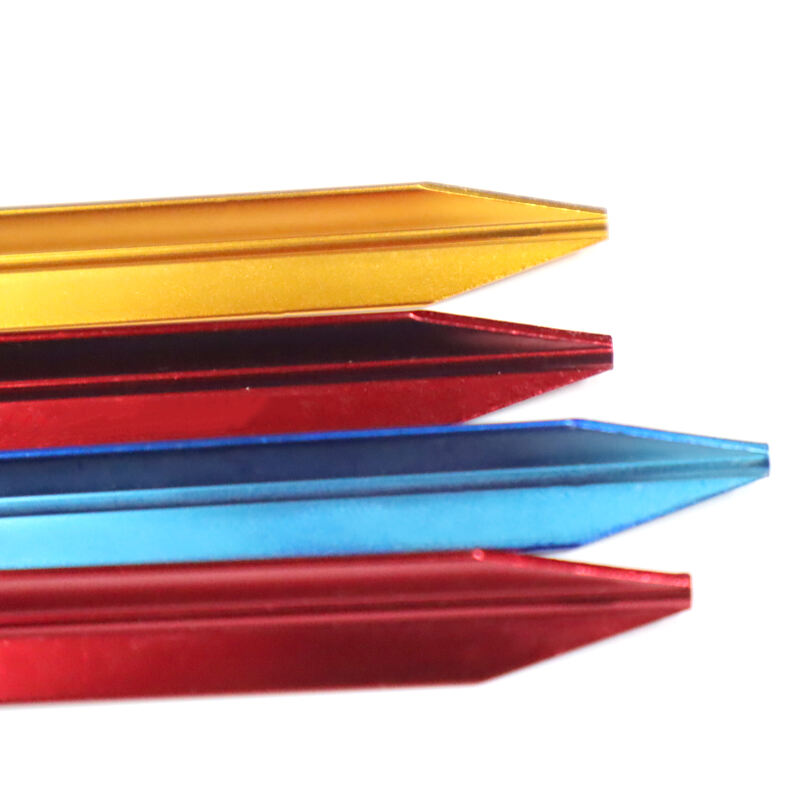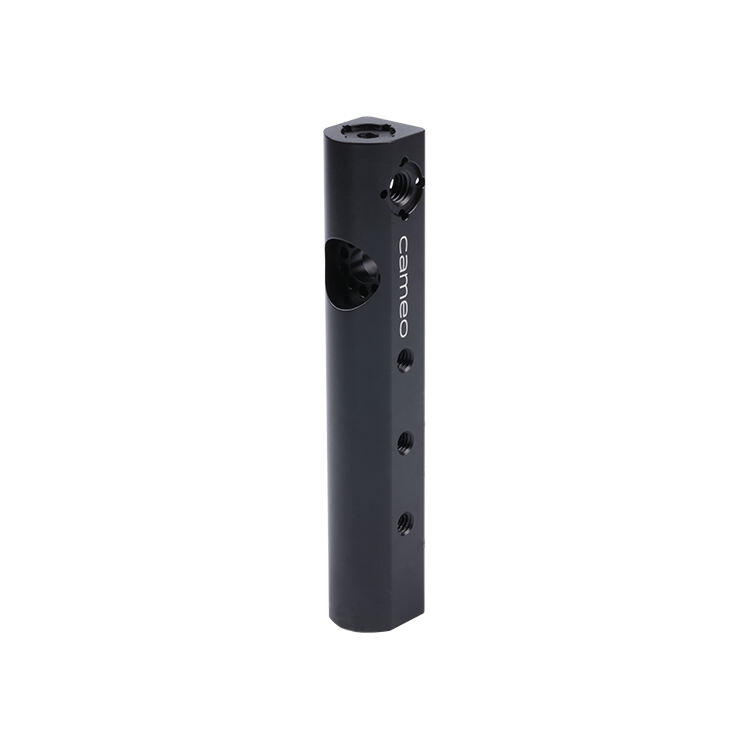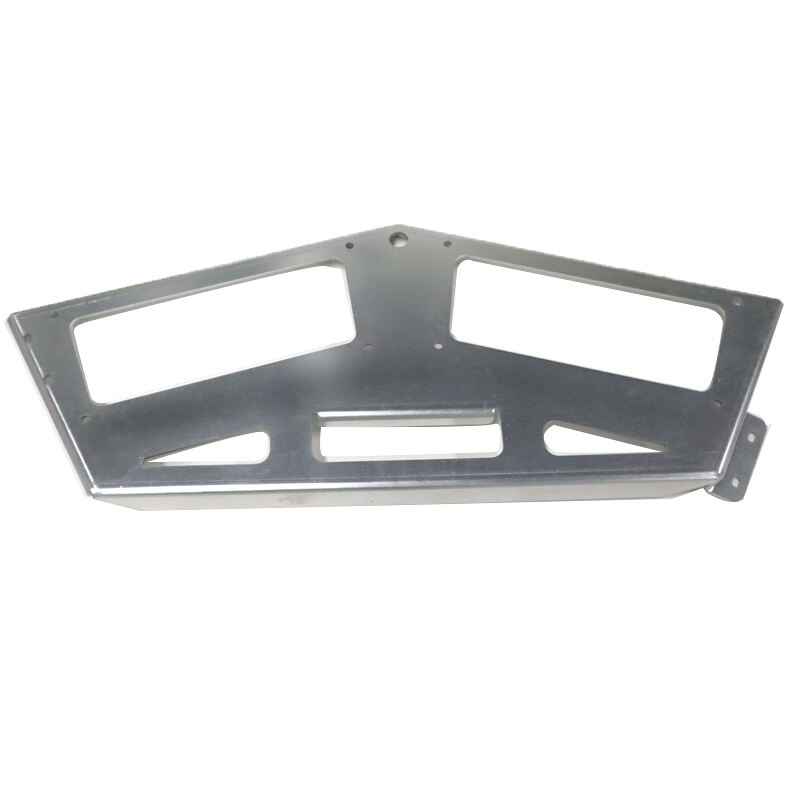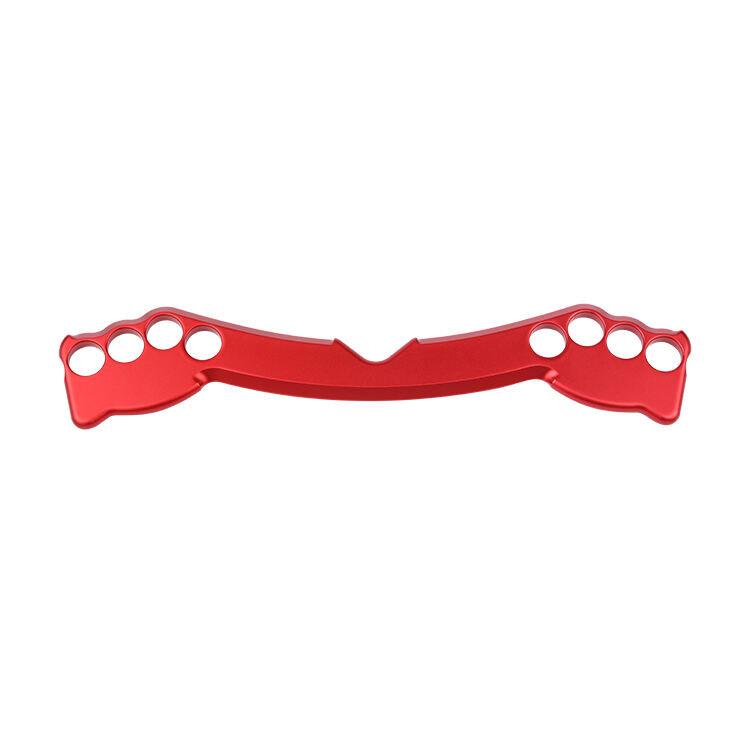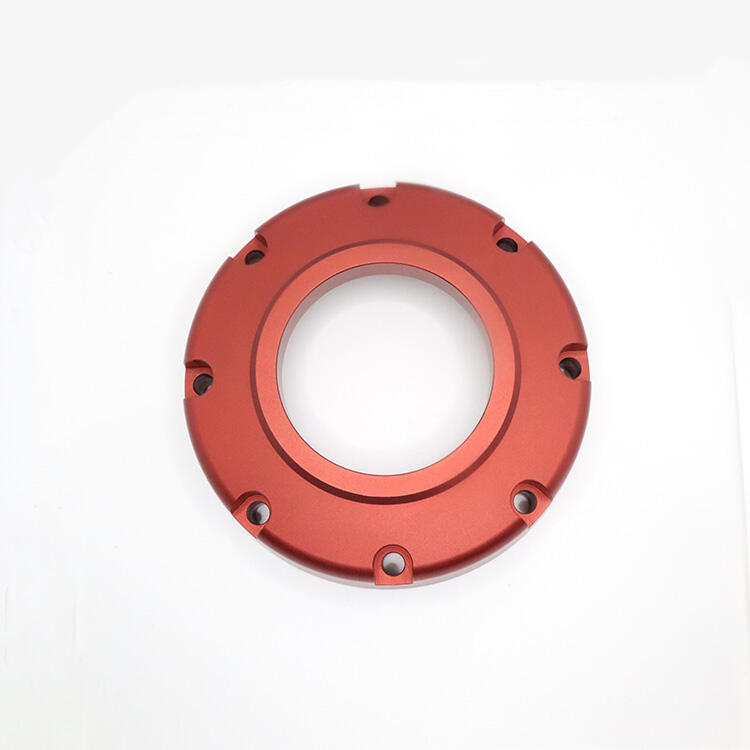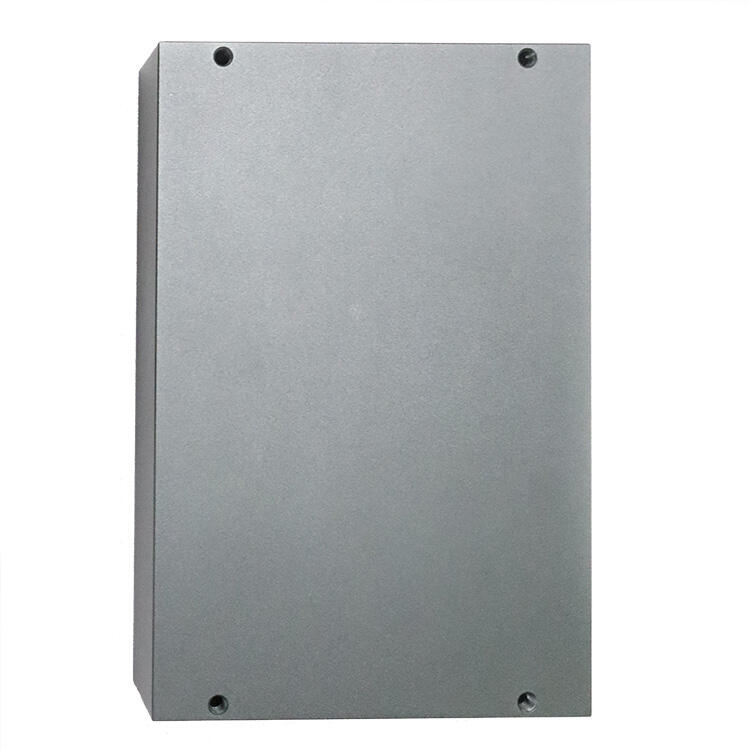The Future of Manufacturing and Personalization In 3D Printing
Additive manufacturing, popularly known as 3D printing is a transforming technology that has changed the face of modern production systems. It brings about customisation, efficiency and novelty altogether which would determine how products are designed, manufactured and supplied.
The Heart of Customization
One of the unique things about 3D printing lies in its ability to customize objects like never before. Unlike traditional methods where tooling is long and expensive, this technology allows for fast creation of every item different from the next one meeting individual’s requirements.
Manufacturing on Demand
With 3D printing comes on-demand manufacturing where parts can only be produced when there is need hence reducing inventory costs as well as waste. Such an approach is especially beneficial for sectors that require frequent upgrades or have fluctuating patterns concerning demand.
No Compromise On Complexity
As far as designing complexity is concerned, this technology has exceeded all possible limits. Conventional methods cannot produce such intricate geometries and internal structures since it’ll either be technically impossible or too costly using these ways.
Materials Research
Similarly, materials science has seen new innovations driven by this particular form of printing. Biopolymers and composites meant for 3D printers are being developed expanding its application scope while opening up new markets for it.
Sustainability and Efficiency
3D printing helps in achieving more sustainable manufacturing by reducing material wastage and improving resource use efficiency. It can also lead to cheaper transportation costs hence reduced carbon print through localized production processes.
Healthcare & Biomedical Applications
Prosthetics, implants and tissue engineering have been revolutionized through the use of 3D printing in healthcare sector. There are rapid and low-cost possibilities to manufacture customized medical devices thereby enhancing patients’ quality of life.
Education & Research
In addition, education plus researches have not been left out by emergence of 3D printers. It is a strong tool of learning by doing that has ignited innovation and problem-solving skills among future engineers and architects.
Conclusion
With the advancing 3D printing technology, it is expected to continue playing a much bigger role in both manufacturing and personalization. From custom made consumer goods to complex industrial parts, 3D printing offers new options for creativity, efficiency and environmental protection. In the coming years, it will be obvious that 3D printing will remain as the world’s leading edge of technology in our living style, work or creation space.

 EN
EN
 AR
AR
 BG
BG
 HR
HR
 CS
CS
 DA
DA
 NL
NL
 FI
FI
 FR
FR
 DE
DE
 HI
HI
 IT
IT
 JA
JA
 KO
KO
 PL
PL
 PT
PT
 RU
RU
 ES
ES
 SV
SV
 TL
TL
 IW
IW
 ID
ID
 LT
LT
 UK
UK
 VI
VI
 HU
HU
 MT
MT
 TH
TH
 TR
TR
 MS
MS
 BN
BN
 LO
LO
 LA
LA
 MN
MN
 SO
SO
 MY
MY
 KK
KK
